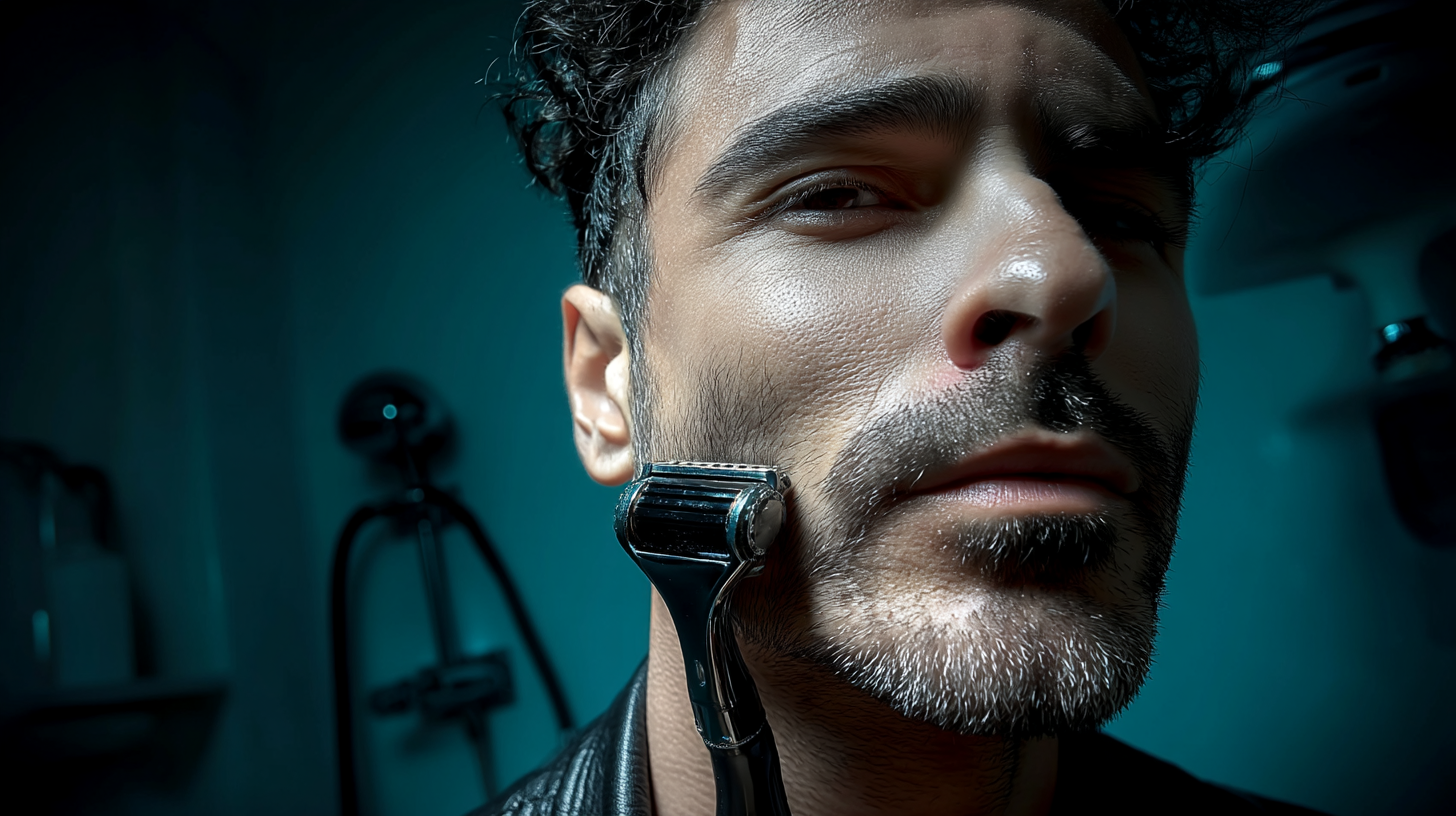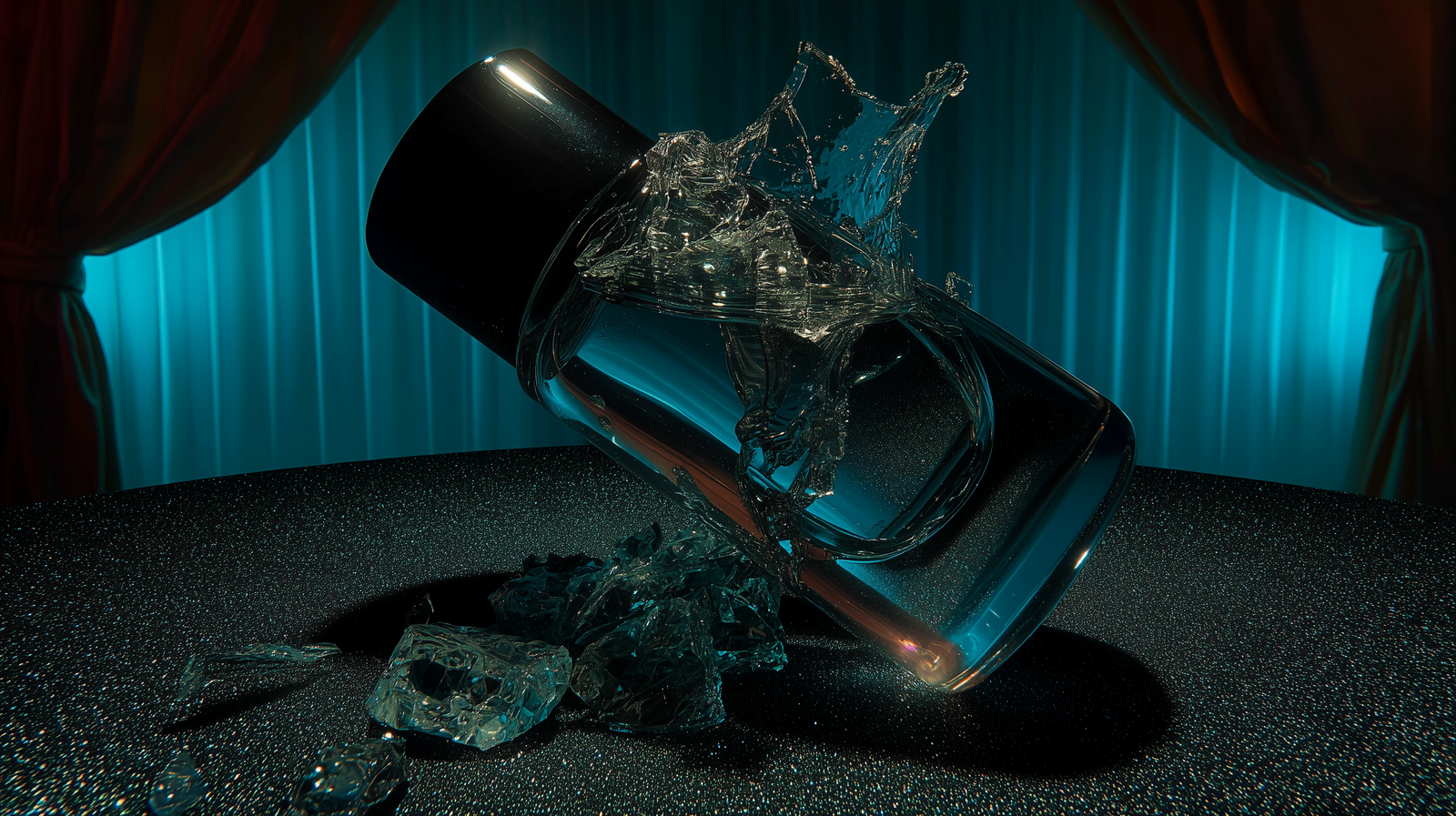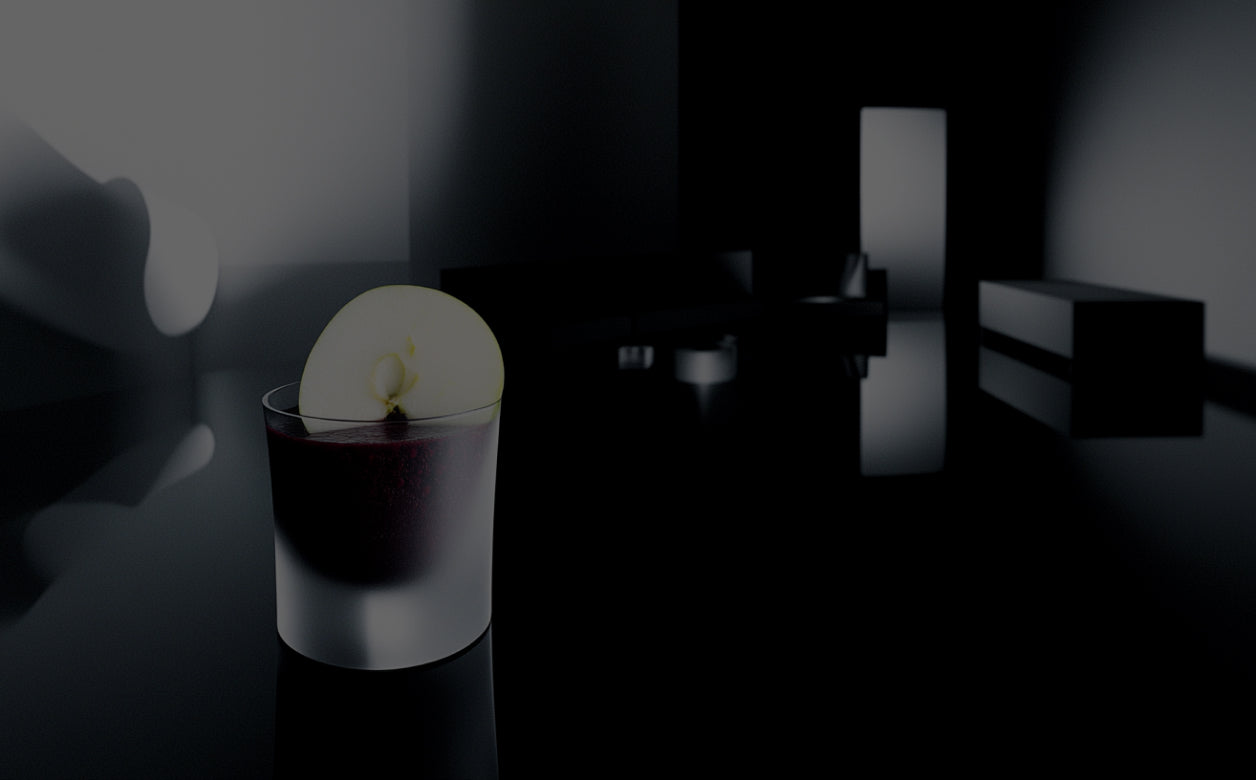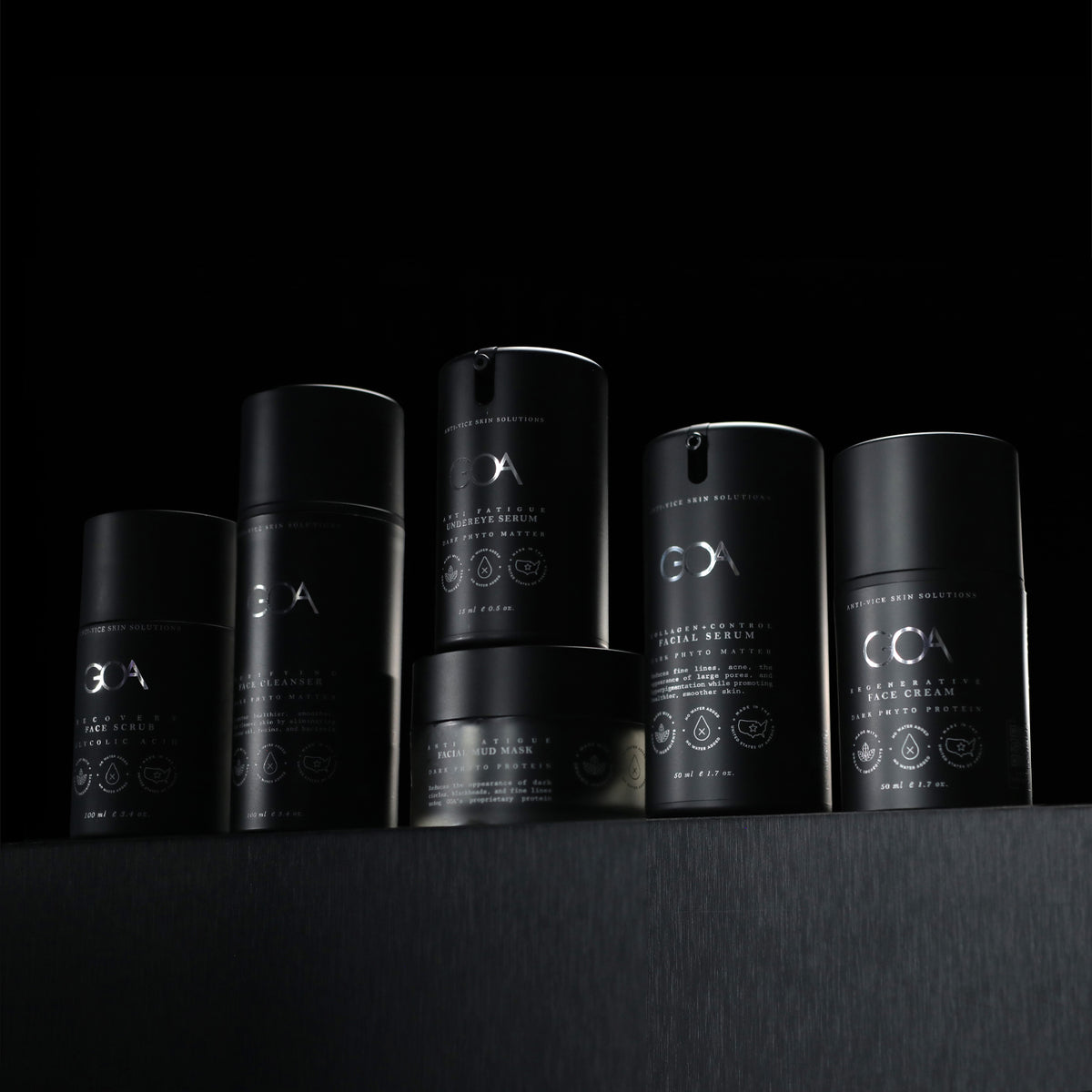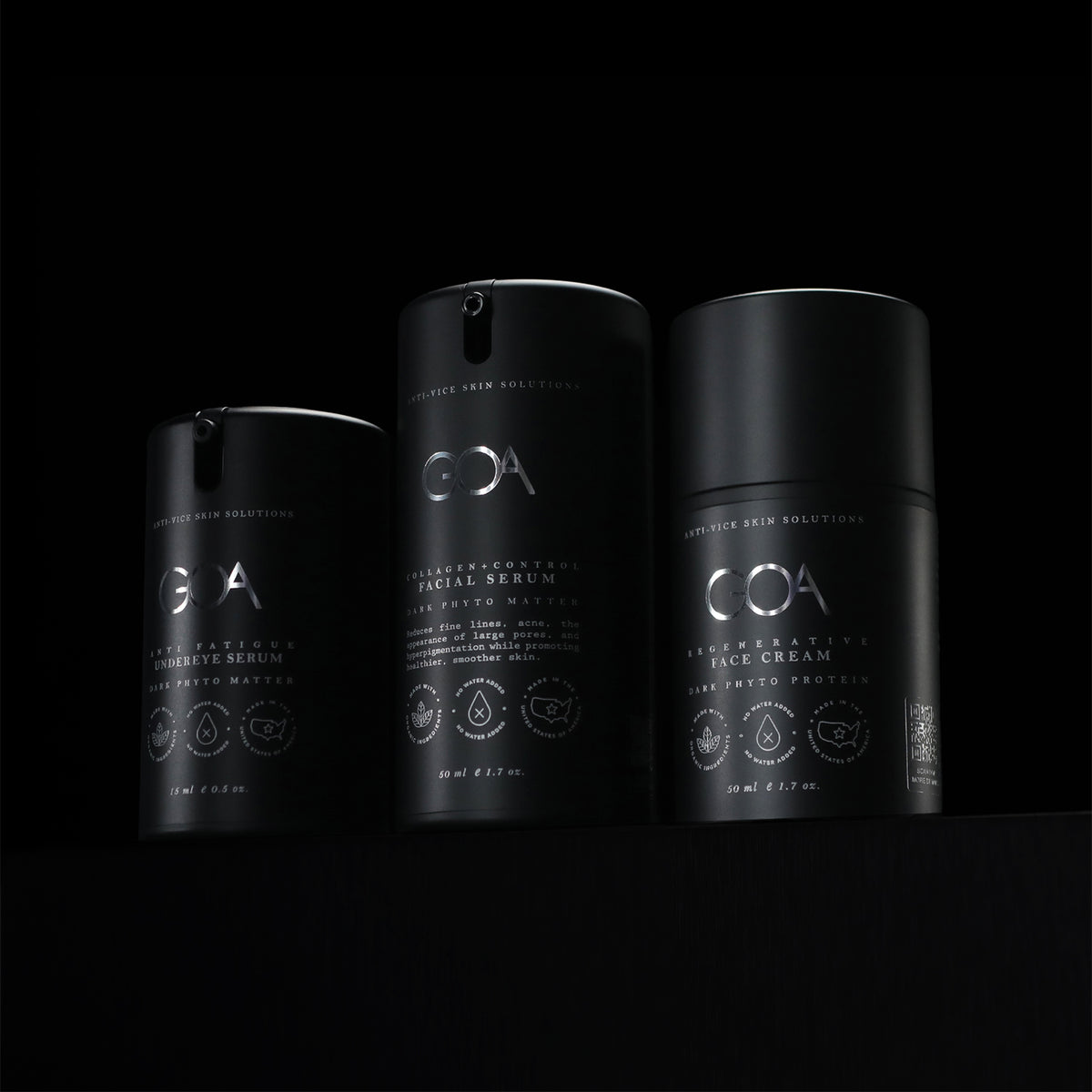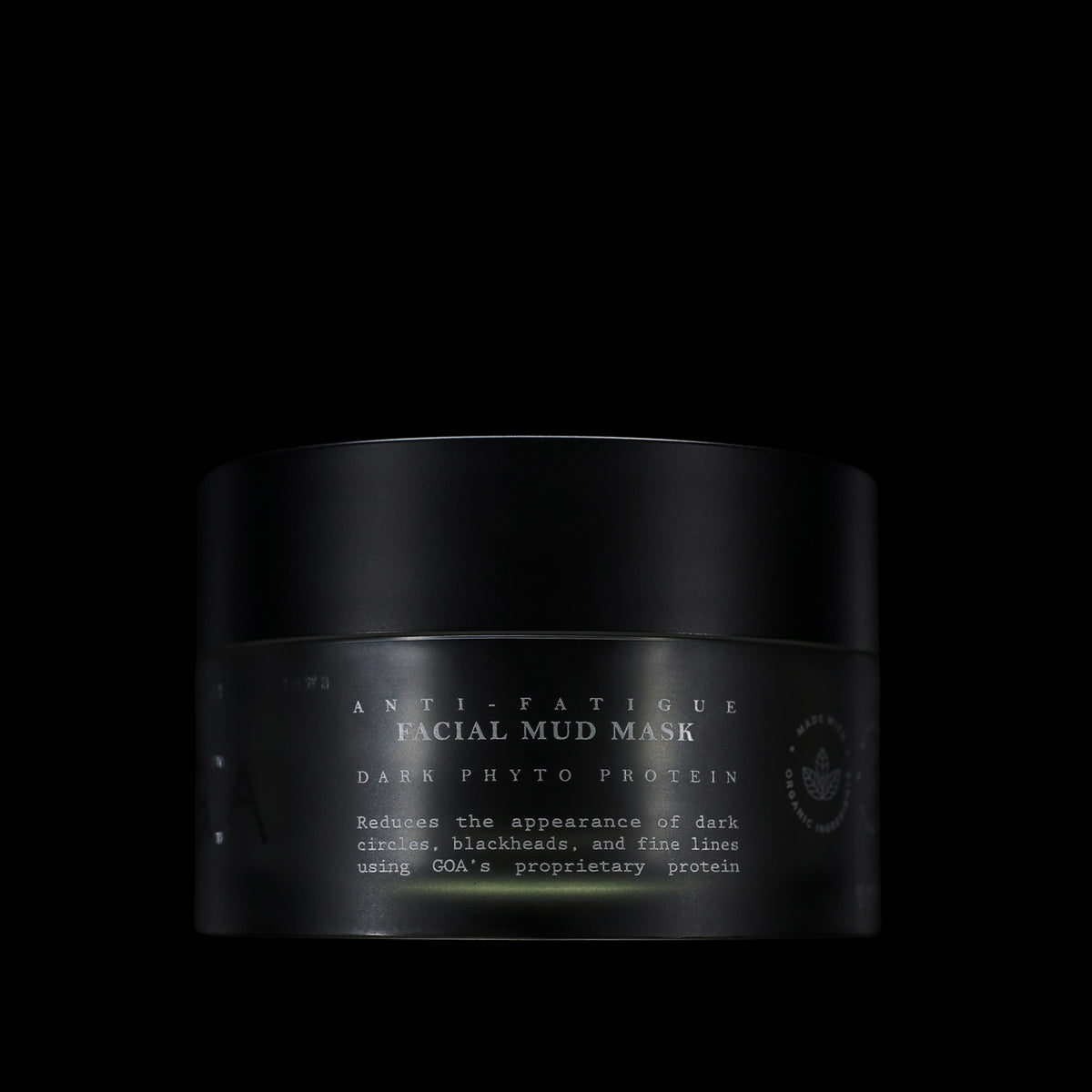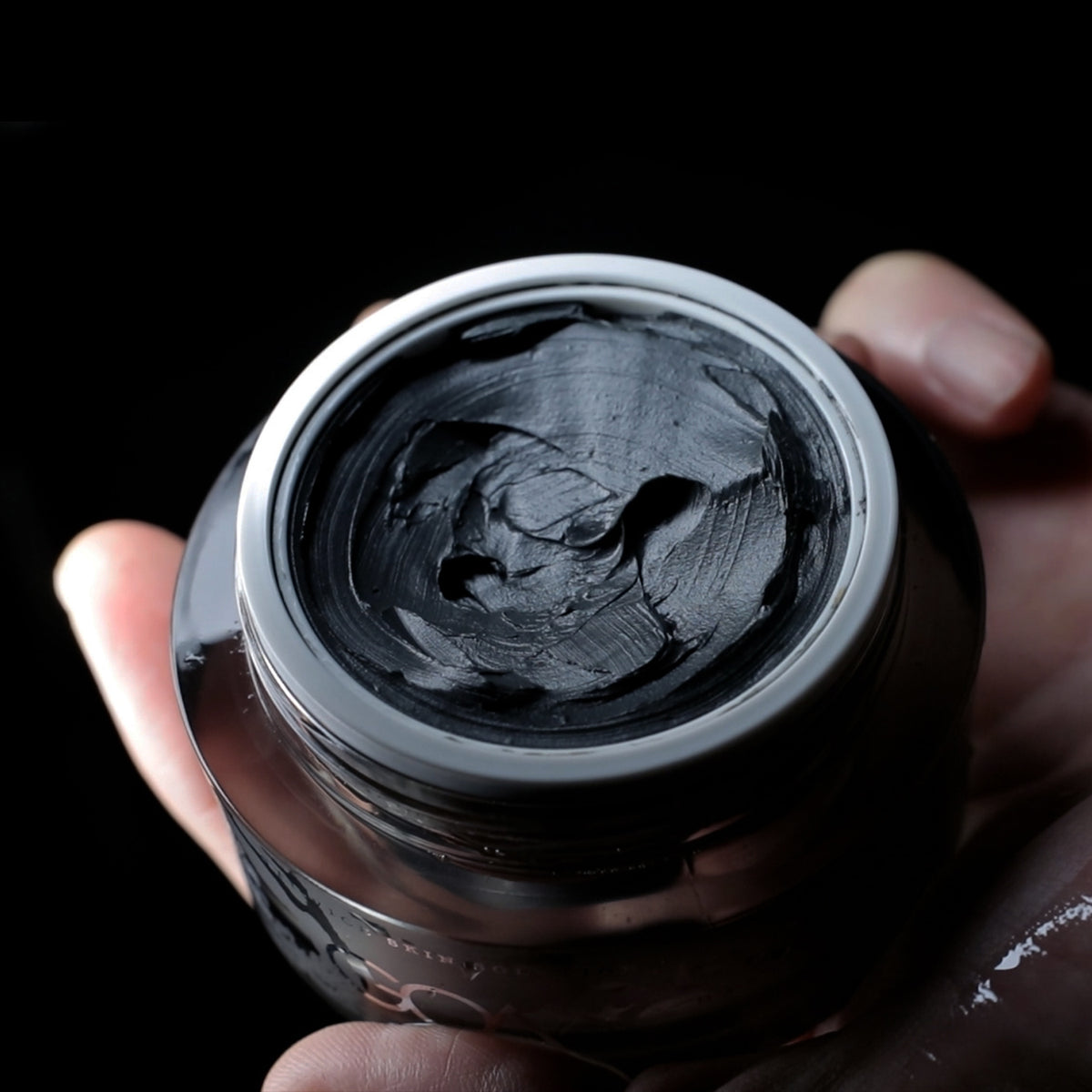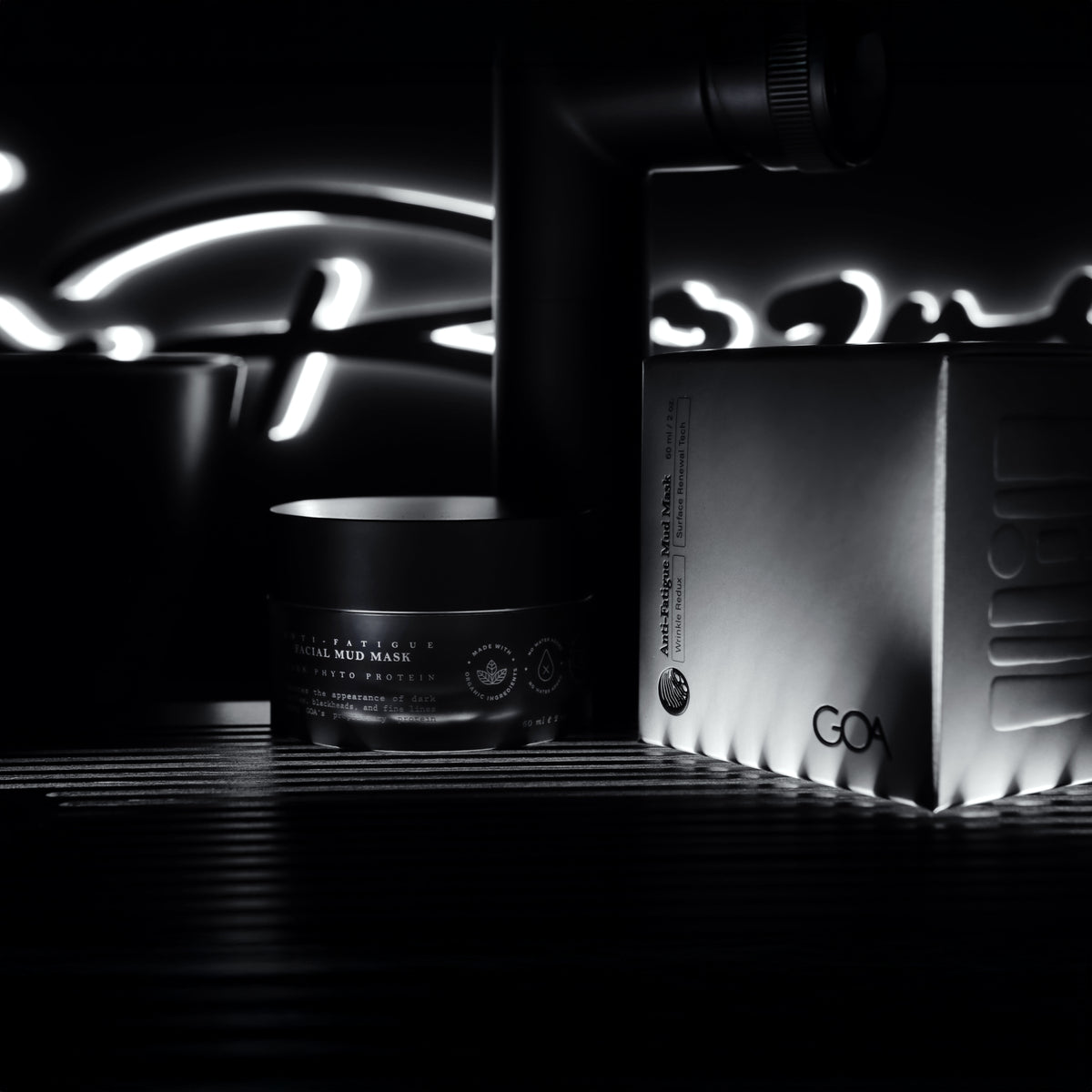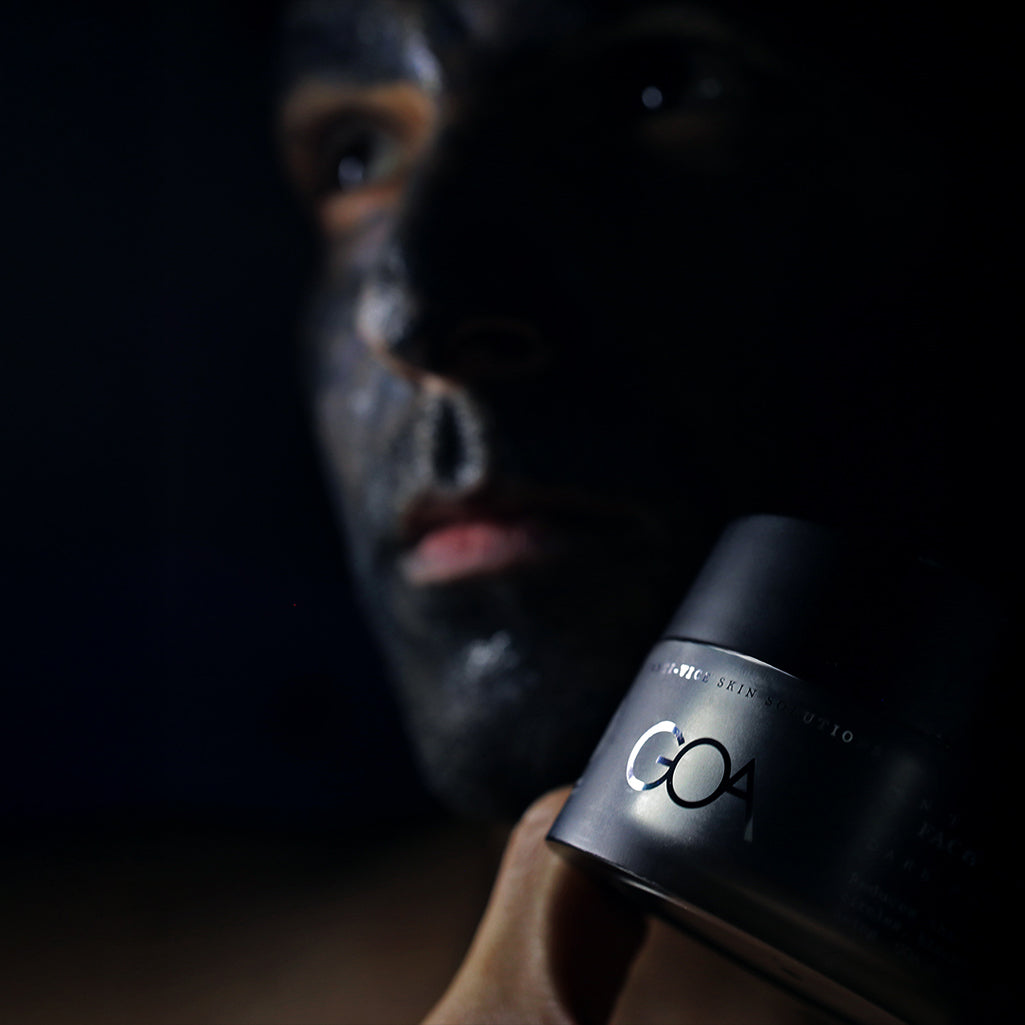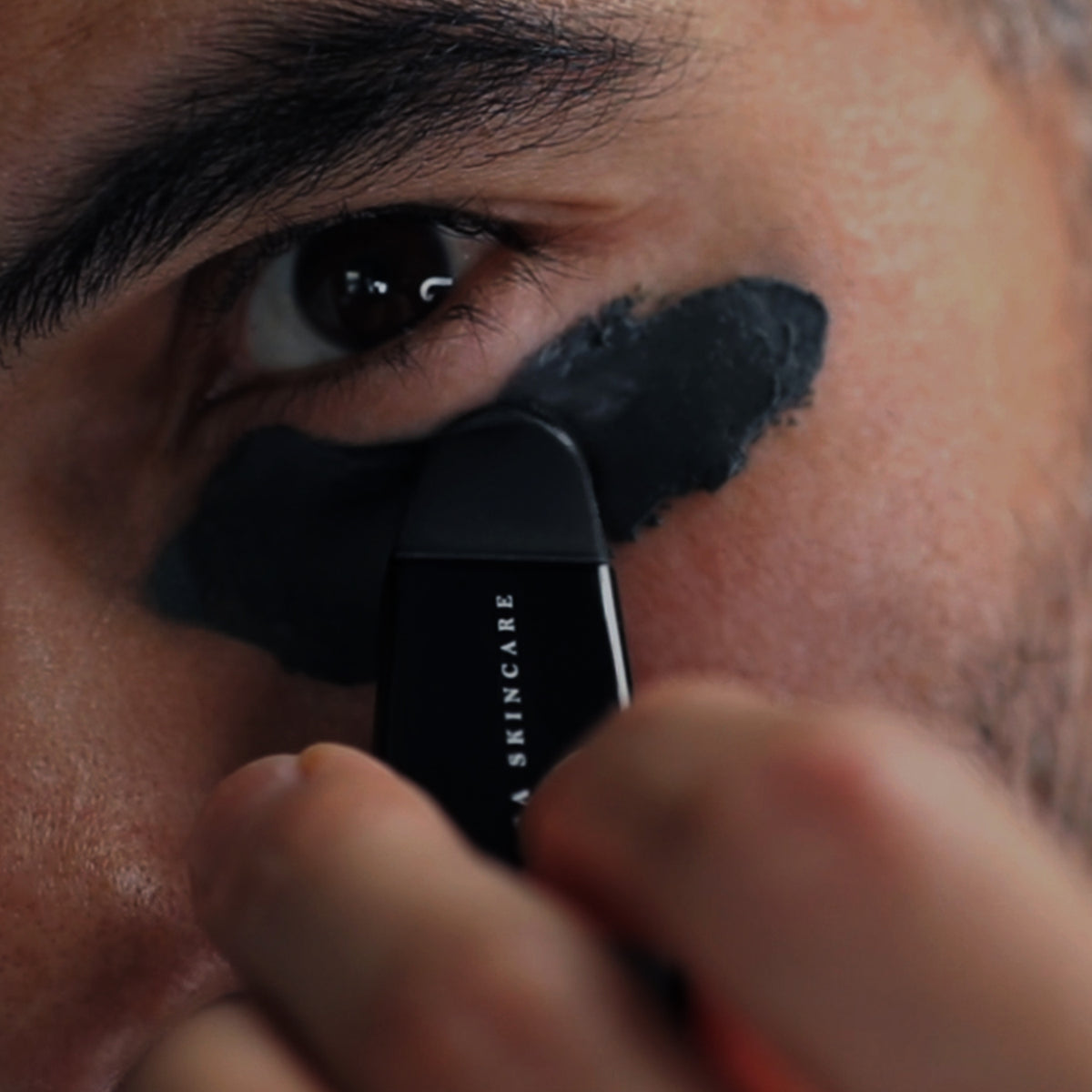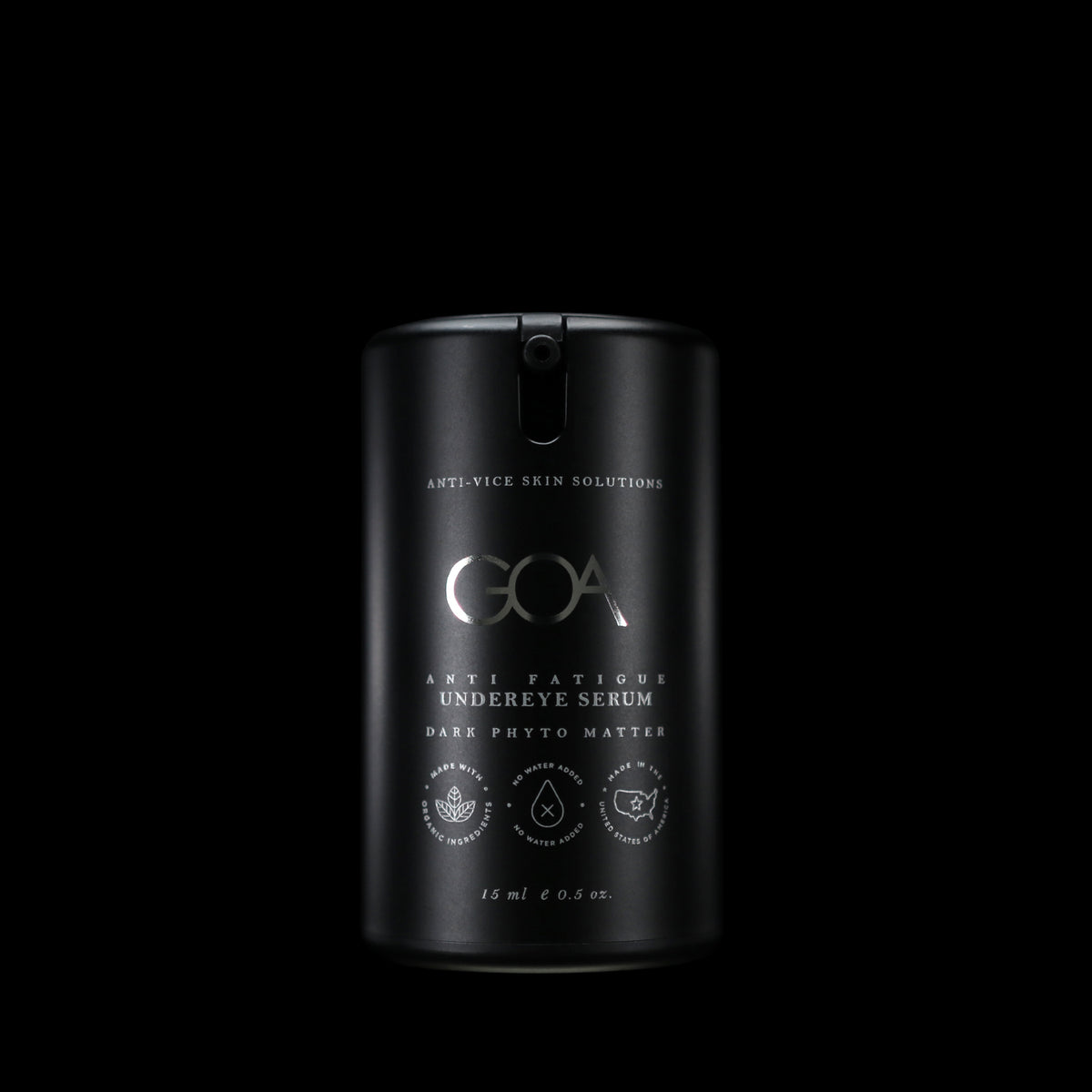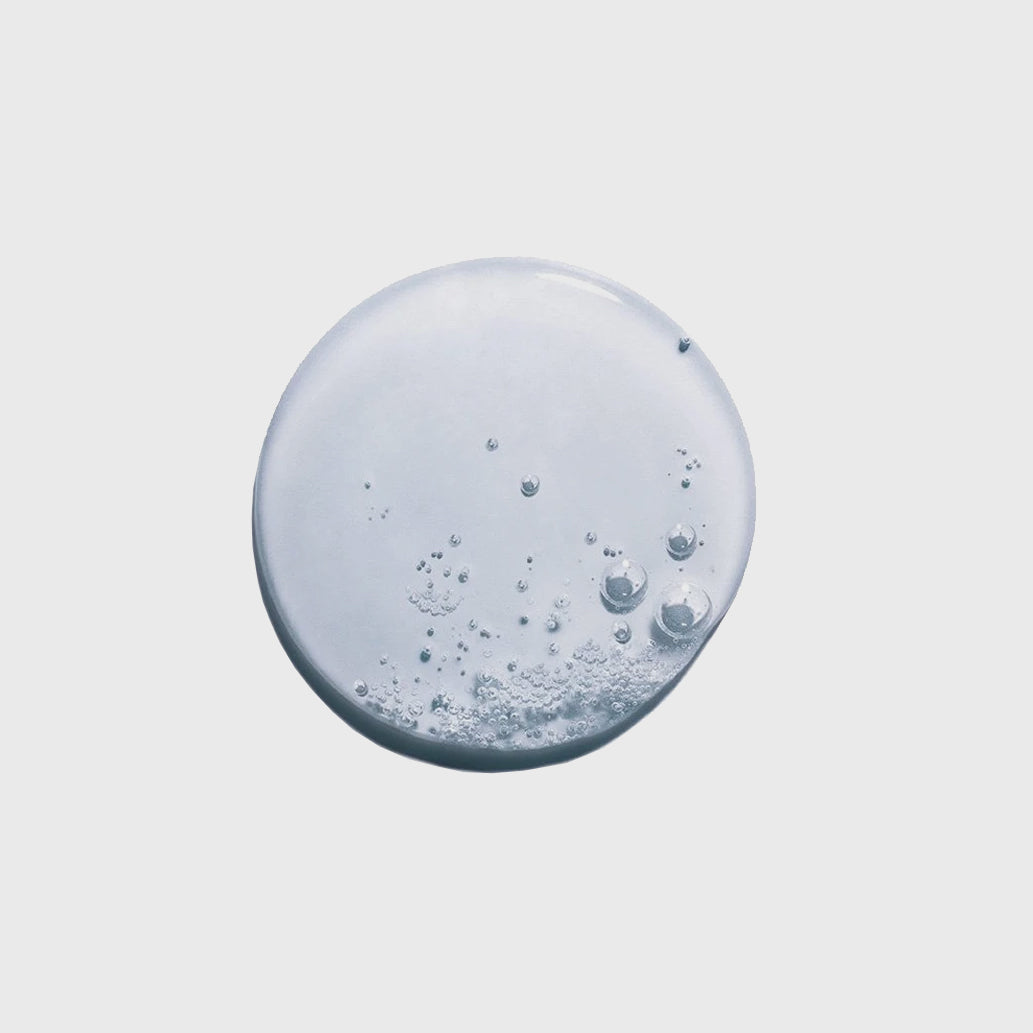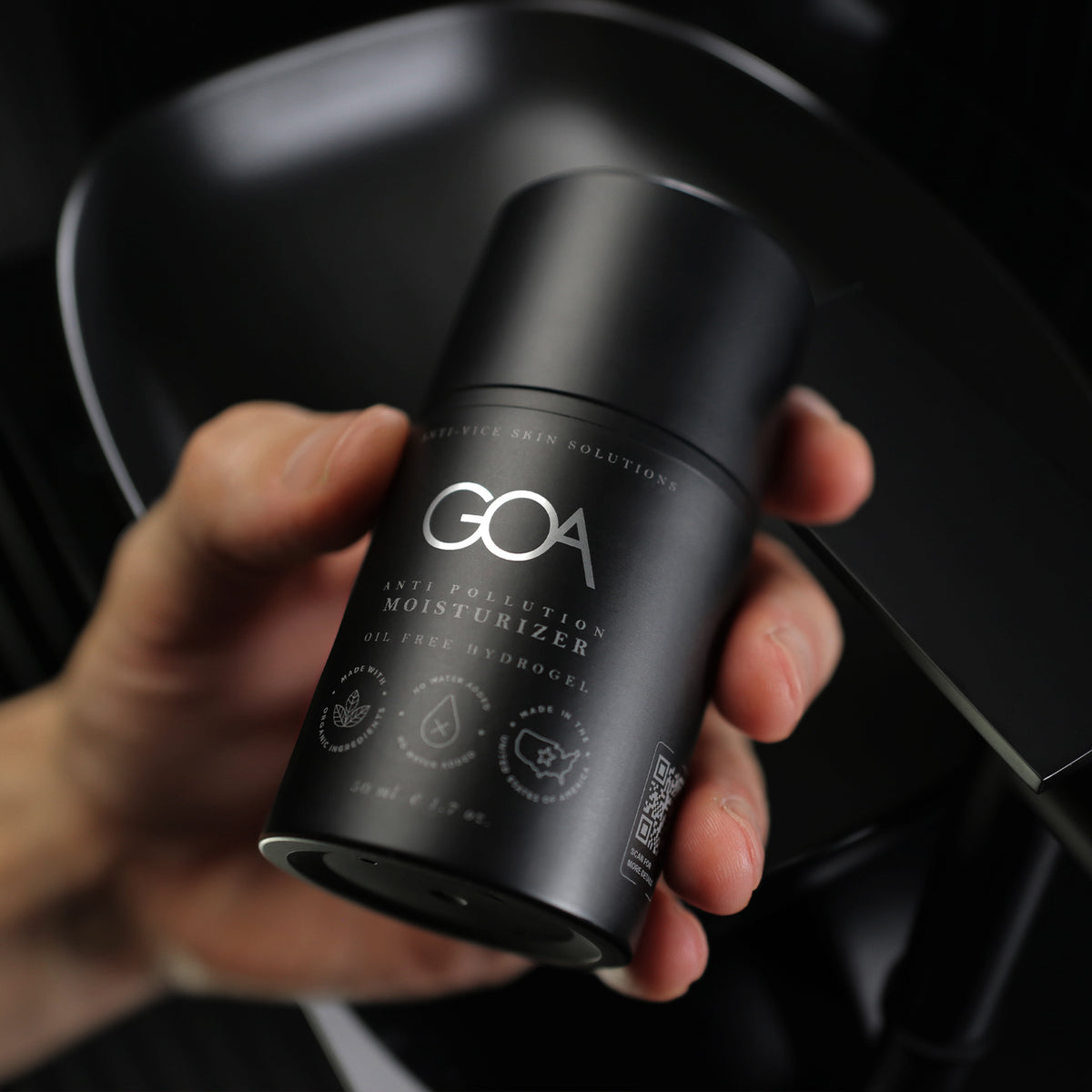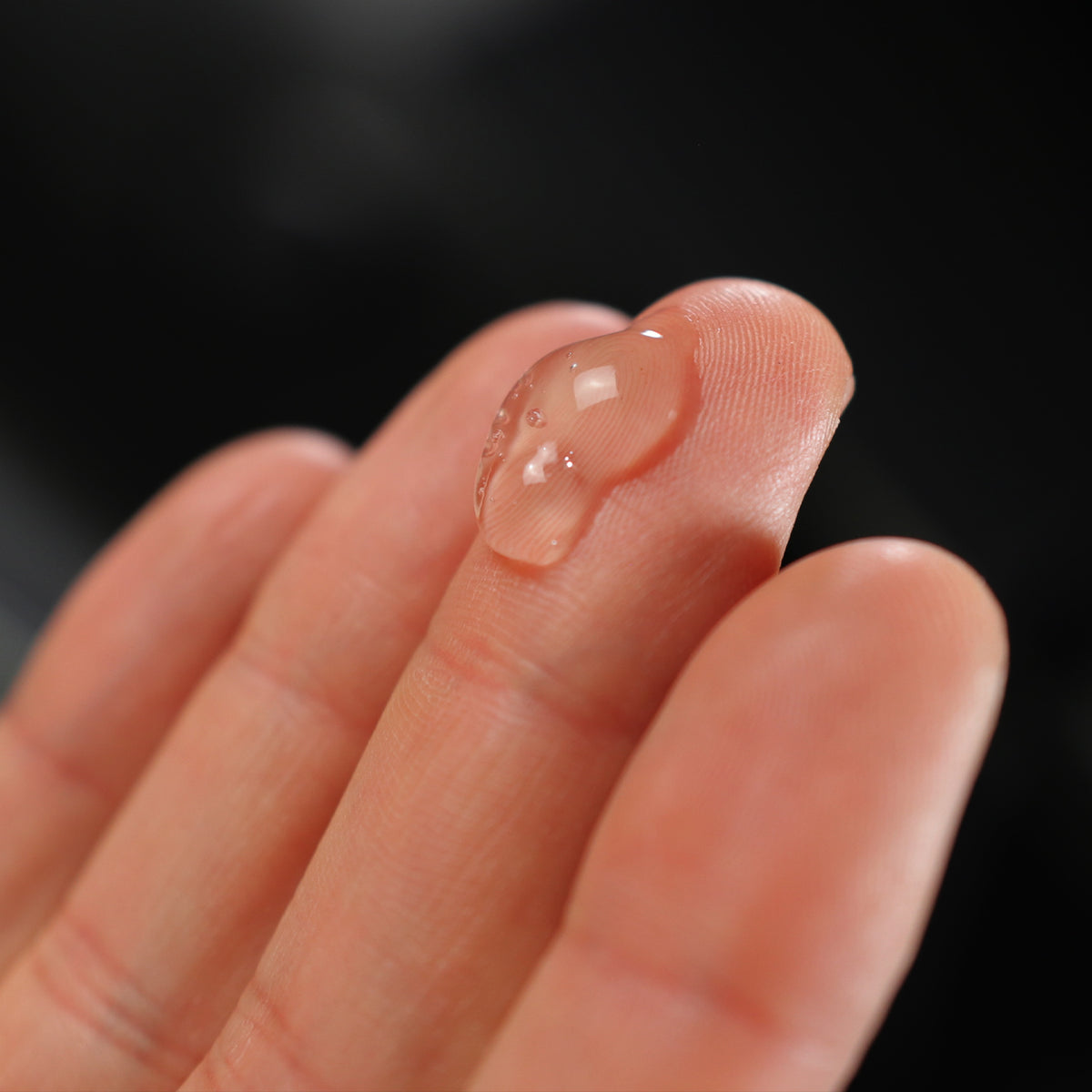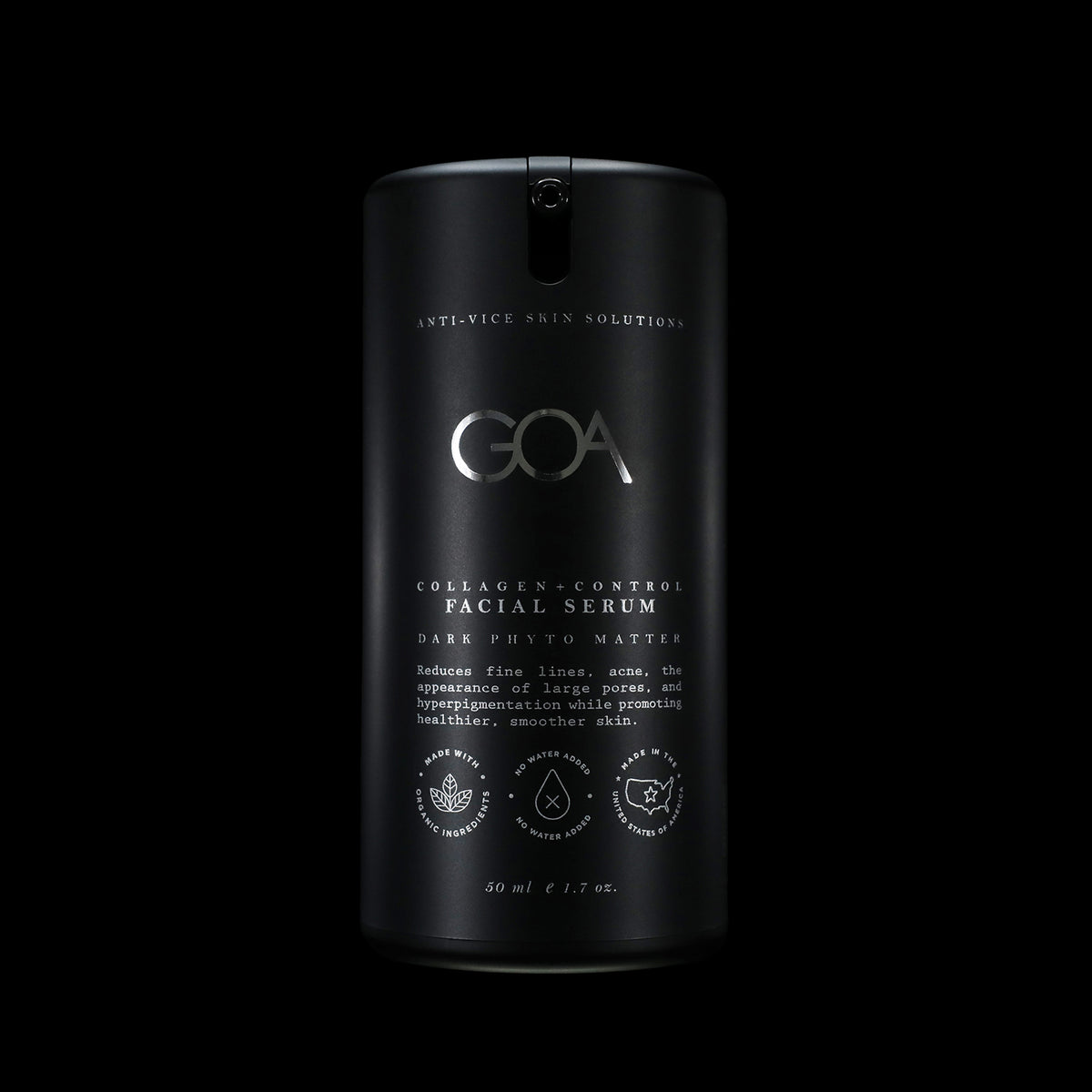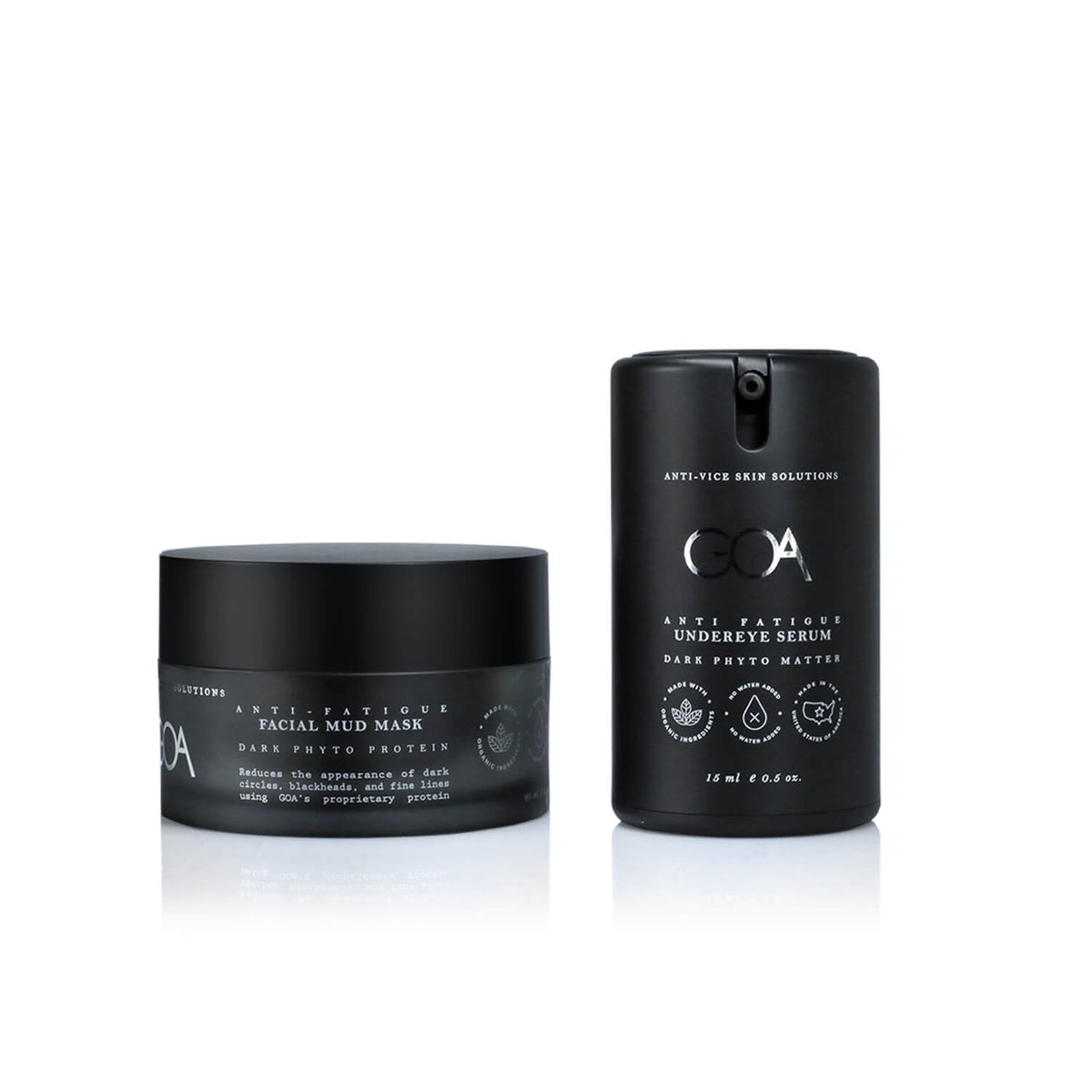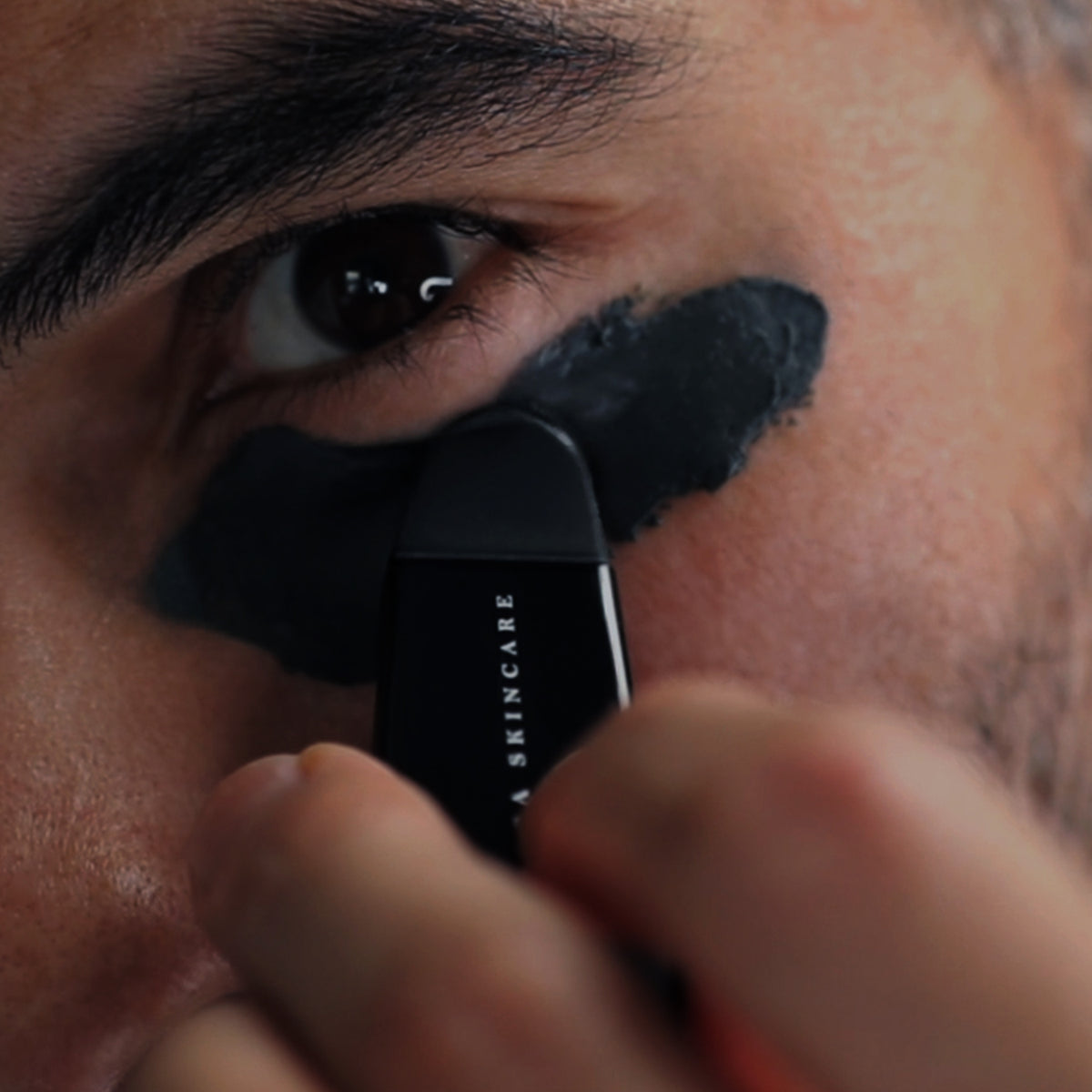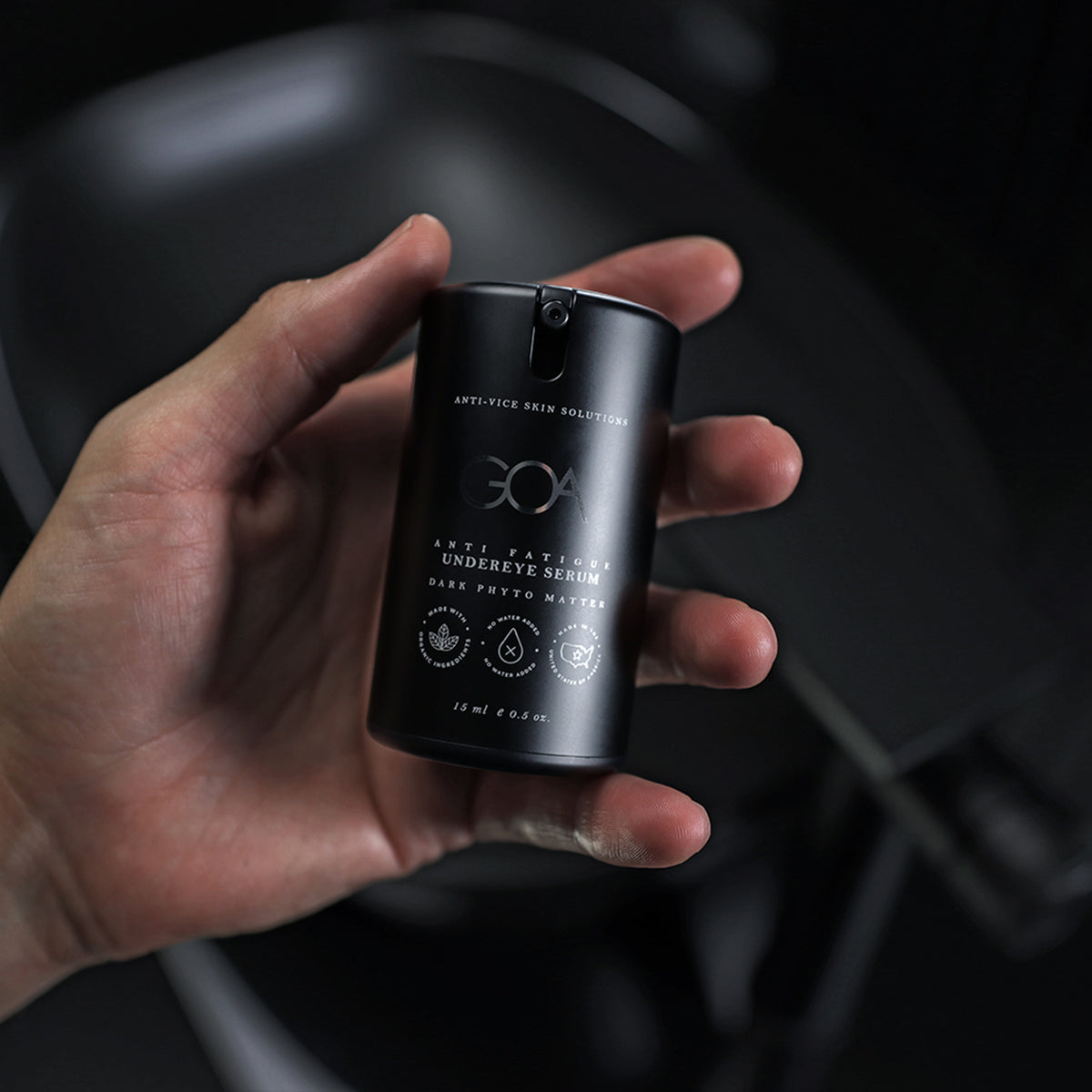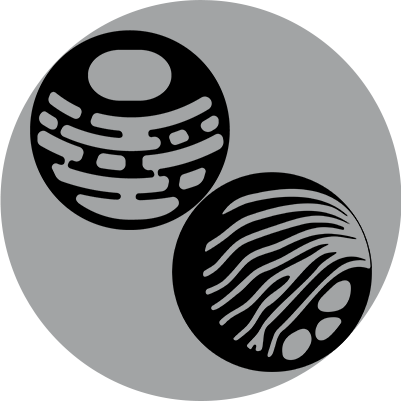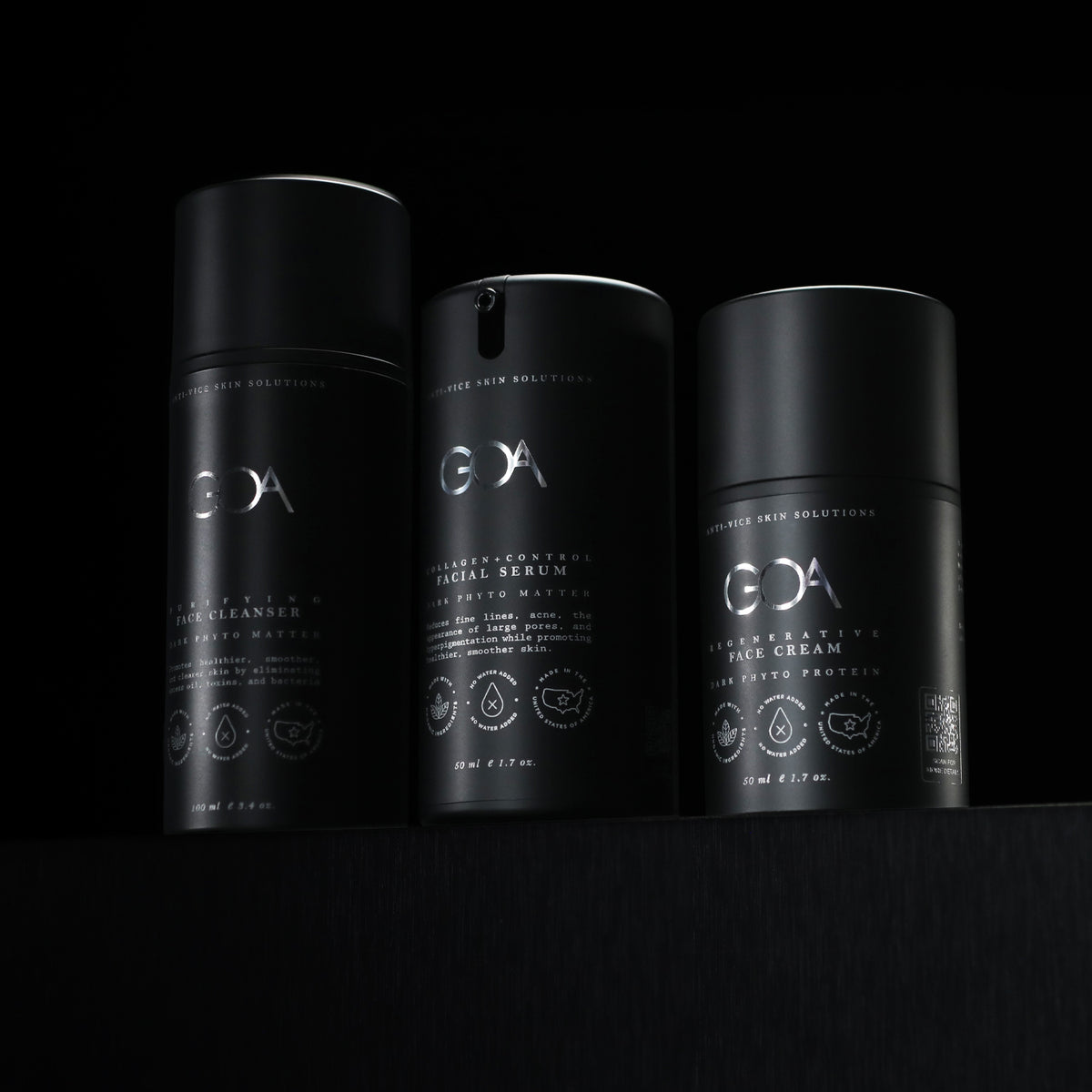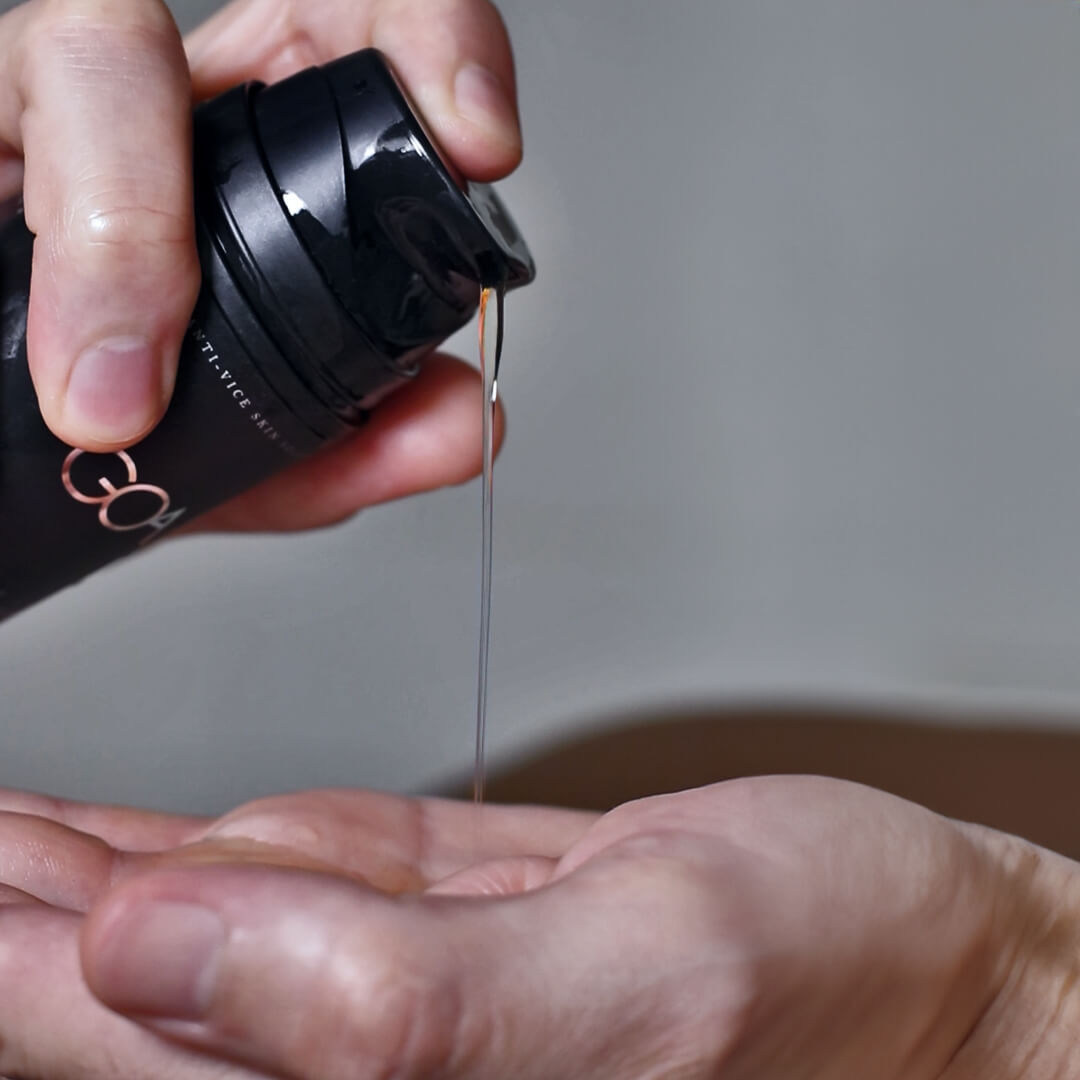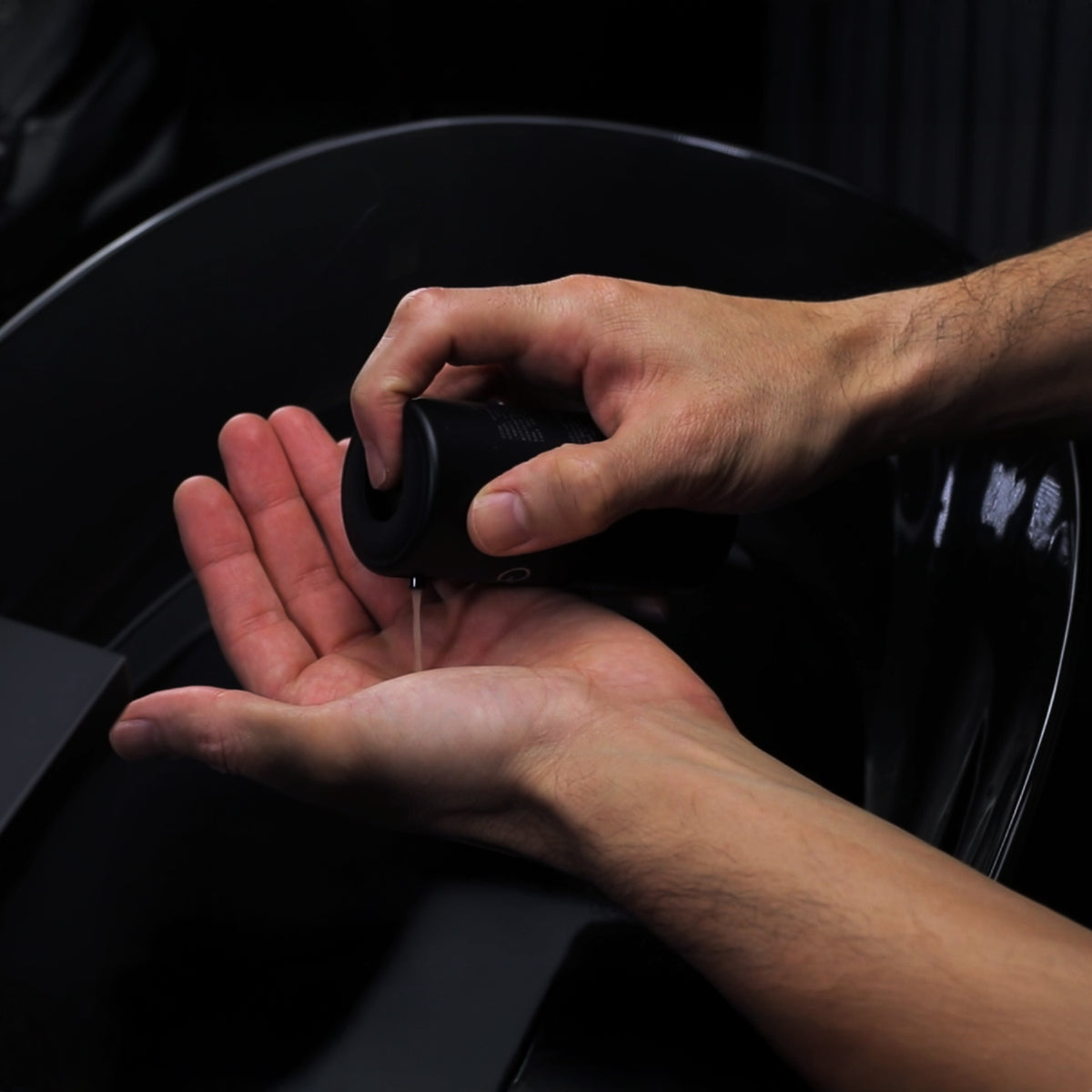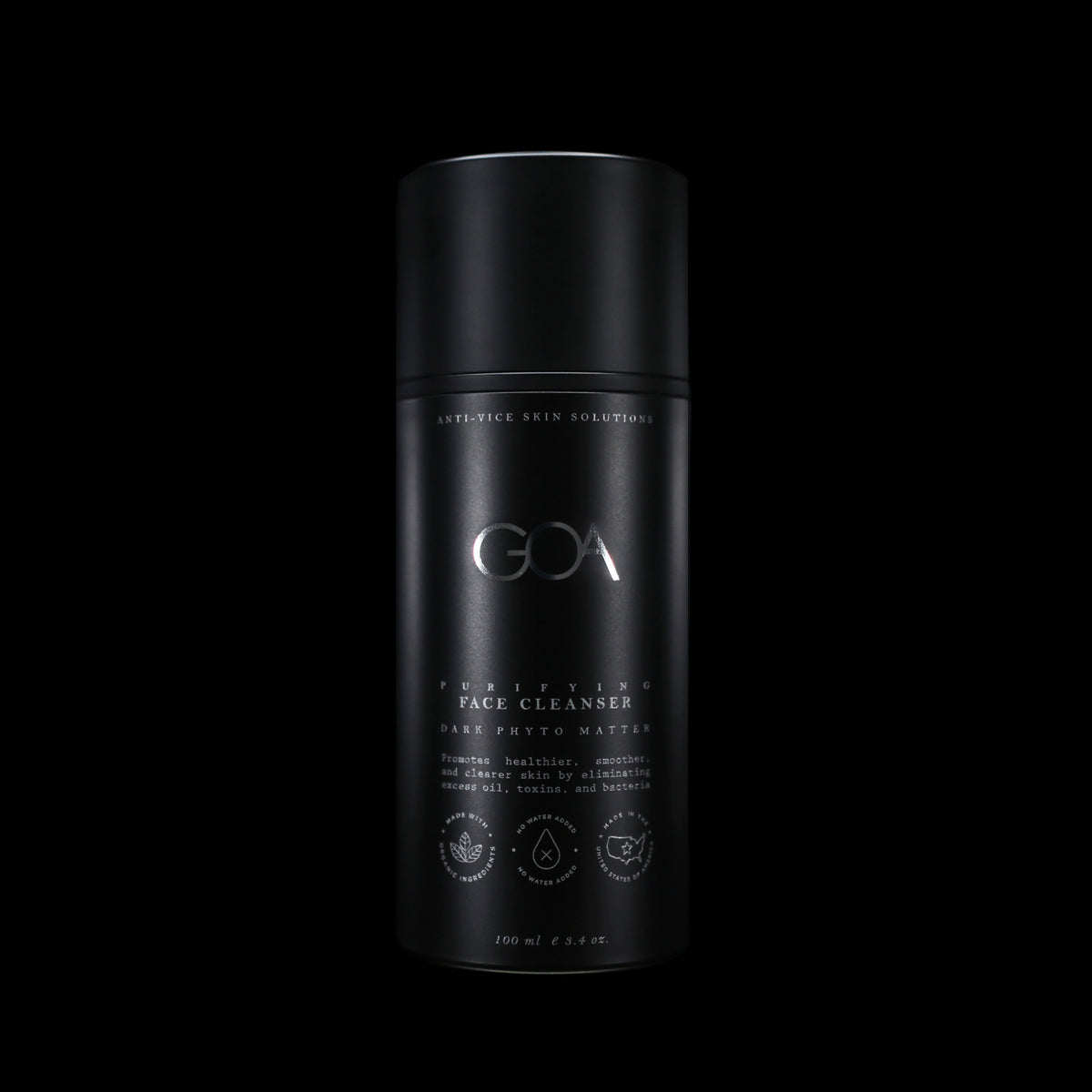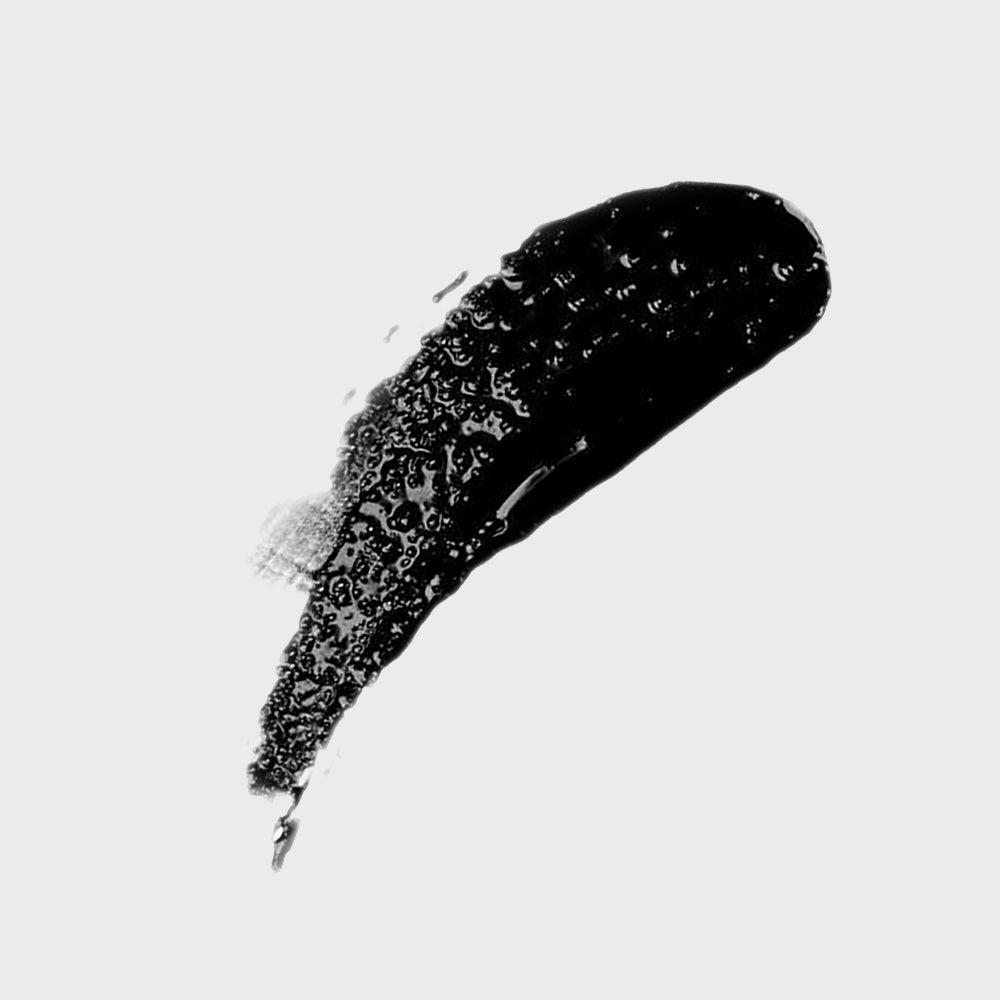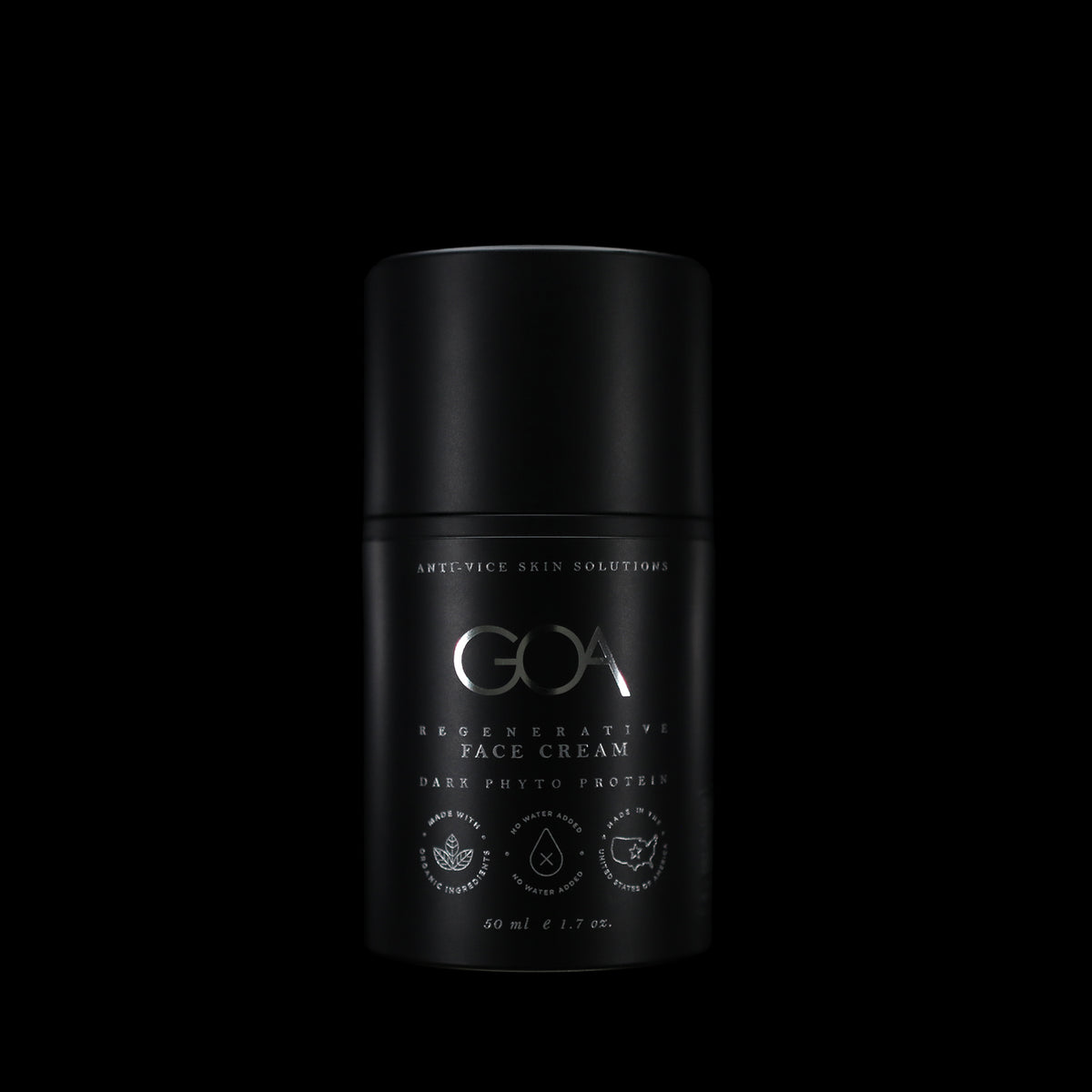When it comes to skin, men and women share similarities, yet the unique differences are truly remarkable. Exploring these specifics not only captivates but also highlights why tailored skincare is essential, not merely a marketing strategy. Let's explore skin differences with the insight of a skincare pro and the curiosity of a mad scientist.
Decoding the Structural and Biochemical Nuances
Starting with the basics, did you know men’s skin is roughly 20-25% thicker than women's? Yes, that’s thanks to a heftier collagen bank which gives men a sturdier skin barrier and a slower rate of visible aging—at least until the big 5-0 hits, and their collagen levels nose-dive, evening out the playing field.
Hormonal Rollercoaster: Men ride the high tide with testosterone levels soaring between 270 to 1070 ng/dL, which amps up oil production and gives them denser hair follicles but also more acne scars. Women have lower testosterone (15 to 70 ng/dL) but higher estrogen which masterfully crafts their skin’s hydration and elasticity, keeping those wrinkles at bay.
Estrogen vs. Testosterone Showdown: In the skin’s corner, men have lesser estrogen making their dermal hydration and elasticity somewhat underwhelming. Women, enjoy a smoother and more hydrated dermis, crucial for maintaining an effervescent glow.
Hormones and Aging: A Skin’s Tale
As we age, hormonal changes significantly impact skin health. In men, testosterone levels gradually decline, reducing the skin's thickness and its ability to retain moisture. This hormonal shift decreases the skin's overall robustness and hydration, leading to increased dryness and the formation of wrinkles.
For women, the situation is more pronounced at menopause when there is a sharp decrease in estrogen levels. Estrogen is crucial for maintaining skin elasticity and hydration. Its reduction accelerates skin aging, contributing to a loss of firmness and moisture, which intensifies the appearance of fine lines and wrinkles
Lifestyle Choices: A Gendered Lens
Switching gears to lifestyle, here’s the scoop on how men and women differently seal their skin’s fate:
Sun Aficionados: CDC reports a stark contrast with only 14.3% of men using sunscreen regularly compared to 29.9% of women.
Smoke Signals: WHO data reveals more men smoke, which doesn’t do any favors for their collagen levels, fast-tracking skin aging.
Dietary Divergence: Per the Journal of the American College of Nutrition, men lag in the fruit and veggie department, missing out on those crucial antioxidants that keep the skin resilient and vibrant.
Recent Revelations from the Lab
Cutting-edge research continues to unveil how these differences are more than skin deep. Studies from the Journal of Dermatological Science and the International Journal of Dermatology show that men’s skin cells, while robust in collagen production, are more prone to oxidative stress, unlike women who enjoy a stronger antioxidant shield.
Customized Skincare: Crafting Personalized Armor
Given this wealth of knowledge, it’s clear that men and women need distinct skincare strategies. Men would benefit from oil-control products and potent retinoids to bolster their thicker skin and collagen synthesis. Women should focus on peptides and antioxidants to nurture their skin’s elasticity and combat dryness effectively.
In Conclusion: Embrace Your Unique Skin Blueprint
The intricate dance of biological factors and lifestyle choices dictates a gender-specific approach to skincare. By understanding and embracing these differences, we can tailor our skincare protocol to better meet our unique needs, promoting not just healthier skin but also a healthier life. Here’s to making informed choices that let both men and women enjoy their best skin across the decades!
GOA Spotlight: The Essentials
Designed for men’s skin and the daily grind, the Essentials set lays the foundation you need to tackle the wilds—or rather, the environmental smackdowns, daily stressors, and, of course, those epic bachelor parties. Whatever the day tosses your way, the Essentials Set has your back. Cleanse, Repair, Moisturize—that’s the strategy.










